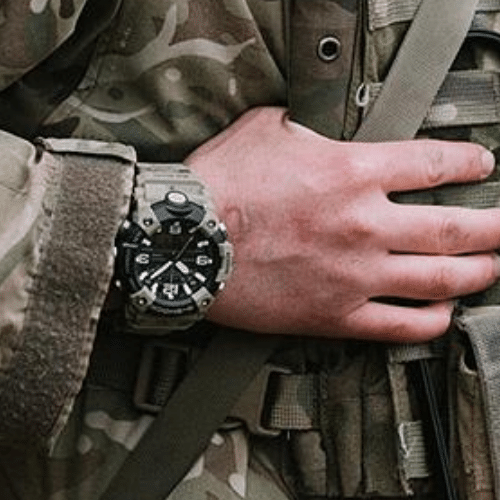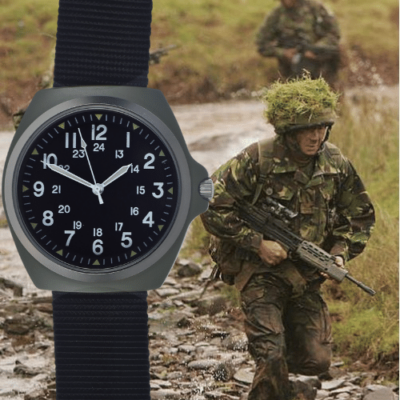News
U.S. Army’s New Tank Platoon Tactics Manual Highlights Abrams’ Limitations Against Drone Attacks
Responding to the growing challenges posed to ground forces by low cost swarms of unmanned aerial vehicles, the Army Publishing Directorate of the U.S. Army has revised the Tank Platoon Tactics Manual to provide new instructions for the crews of M1A2 Abrams main battle tanks specifying how they can best engage such targets. The emphasis placed on preparing tank crews for anti-drone engagements is unprecedented, and reflects the lessons that major militaries across the world have learned from observing engagements in the Ukrainian theatre. While lower calibre guns with rapid fire rates are traditionally favoured for anti-drone duties, the Tank Platoon Tactics Manual unusually advises Abrams crews to use the manually loaded 120mm main gun, which has a modest rate of fire of 8.5 rounds per minute, to deploy M1028 canister rounds. It is expected that the rounds’ shrapnel dispersal will allow it to destroy multiple small drones, and when supplemented with machine gun fire can create a layered defensive bubble. The M1028 was previously relied on as an anti-infantry round.

Reliance on the Abrams’ 120mm cannon to engage drones reflects the tank’s serious limitations for this kind of warfare, with the lack of radar guided munitions or automated interception presenting a stark contrast with more specialised anti-drone systems. Abrams crews’reliance on visual detection and manual targeting, and the gun’s limited traverse and elevation range, are major limiting factors. By contrast, tanks with modern active protection systems such as Israel’s Trophy, Russia’s Arena-M, or new designs from China and the two Koreas, are highly capable of detecting and neutralisingincoming threats autonomously. The Western world and Russia have remained far behind in integrating such systems onto their tanks, with the United States and Germany expected to procure the Trophy-M from Israel for their vehicles. As by far the world’s largest tank, the Abrams’ size has left it more vulnerable to being targeted, but also provides more space to integrate anti-drone systems in future, including possibly directed energy weapons.
Significant concerns have recently been raised regarding the Abrams tank’s survivability against drones, loitering munitions, and to a lesser extent to precision guided artillery, due tot he vehicle’s performance in the hands of the Ukrainian Army. Since the tanks began to be deployed for combat in February 2024, they have been filmed being neutralised have been hit by guided artillery or by single use ‘kamikaze’ drones multiple times, so that by early June 2025 the Ukrainian Army wasassessed to have lost 87 percent of the vehicles with 27 of the 31 supplied being destroyed or captured. Against top attack threats from drone strikes, Ukrainian and U.S. Army variants of the Abrams are considered equally vulnerable, with the heavier depleted uranium on U.S. Army variants not covering the vehicles against attacks from this direction.With the Pentagon facing ground budgetary strain, and land forces increasingly being less prioritised, the ability to finance costly upgrades for anti-drone warfare remains in serious question.












